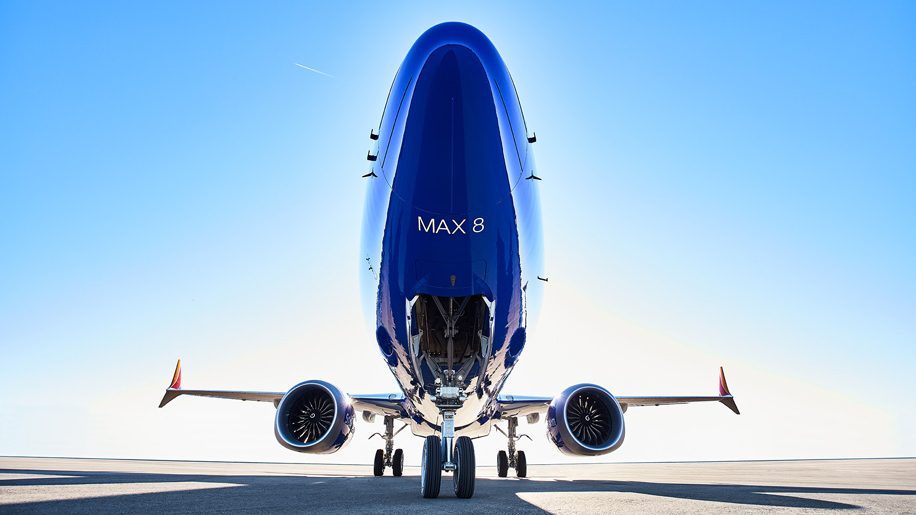
The grounding of Boeing’s troubled 737 Max aircraft has no historical precedent, despite several new aircraft types having been grounded by aircraft manufacturers in the past, an aircraft leasing industry executive has said.
Marian Pistik, head of asset management at International Airfinance Corporation, said the grounding of McDonnell Douglas’ DC-10 in 1979 and of Boeing’s Dreamliner in 2013 could not be directly compared to 2019’s global B737 Max grounding.
“I think the comparison to history is not exactly applicable here,” he said.
Pistik was speaking during an on-stage interview about the B737 Max at an industry conference in Hong Kong on Thursday morning.
The McDonnell Douglas DC-10 was grounded back in June 1979 after an American Airlines flight from Los Angeles to Chicago crashed shortly after take-off, killing all 271 people on board. The aircraft was allowed to fly again in July 1979.
Boeing’s 787 Dreamliner was grounded in January 2013 after two Japanese airlines that operated the aircraft, All Nippon Airways and Japan Airlines, encountered battery problems. The aircraft resumed flying in April 2013 after the Federal Aviation Administration approved a revised battery design created by Boeing.
Pistik said that in these two cases, “there was was no suspicion that Boeing or any OEM [original equipment manufacturer] knew of the problem and tried to disguise it or…any suspicion of wrongdoing or not being compliant or forthcoming with the issues of the 737 Max.”
Boeing chief executive officer Dennis Muilenburg faced lawmakers on Capitol Hill again yesterday, this time in the House transportation committee. On Tuesday, he testified before the US Senate Committee on Commerce, Science and Transportation regarding aviation safety and the 737 Max.
At yesterday’s House hearing, new evidence was shown about how Boeing wrestled with the safety questions surrounding the new system on the B737 Max, according to a report in The New York Times.
Pistik added: “With the Max, it seems like…there are new issues that continue to pop up and that means the aircraft has been grounded and will be grounded for about a year…there is no historic precedent for that.”
Boeing expects the Max to be flying again before the end of the year.
Stuart Rubin, a vice president at consultancy ICF International who leads the company’s aircraft practice, said that even when the Max returns to the skies, passengers may still be deterred from flying on it due to the “psychological factor”.
“It’s [not only] customer acceptance on the airline side but customer acceptance on the public side as well. There’s that psychological factor that ‘if I’m going to fly on a Max, it may not be safe’…that plays into people’s psyche,” he said.
Later this morning, on a different panel at the same industry conference in Hong Kong, a Boeing executive emphasised that the company’s “number one” priority at the moment is B737 Max.
“Our first and foremost priority…has to be the Max…we need to fix it. So that’s number one, and that’s going to happen before we make any new product decisions,” said Kemp Harker, managing director, global leasing at Boeing, when asked about the development of Boeing’s New Midsized Airplane.
“We’ve been talking to over 60 customers for probably three-and-a-half years, kind of coalescing on what we think the size and range requirements might be for those customers. We think there’s a market out there, and it is an area that I think we’re commited to, but we’ve got to focus on the Max,” he said.
Yesterday, at the same industry conference, another aircraft leasing company executive argued that once the Max takes to the skies again it will be the “safest aircraft in the world”.












